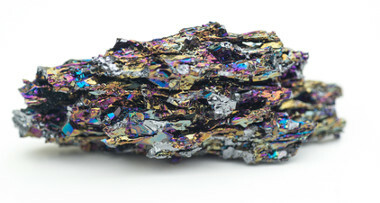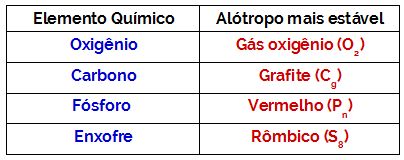Meet the beer production process it is to know how one of the best known alcoholic beverages, in Brazil and in the world, is produced, either by artisanal molds (a practice that has been gaining more and more followers), or on an industrial scale.
Around the world, there are several types of beers (Lager, Pilsen, Bock, Mild, etc.), with different forms of production, however, in this text, we will only demonstrate which are the main steps of this process.
Raw materials used in beer production
Before and know the steps of beer production process, it is interesting to know what are the main raw materials used:
Malt – it is a grain, a product of germination (made artificially) and desiccation of barley. He is responsible for beer properties such as visual, taste and smell.
Note: In addition to barley, other cereals can be used to obtain malt, such as corn, rye, wheat, among others. It is noteworthy that the quality of malt obtained from different sources will also be different. From this comes the distinctive color and flavor of the different beers.

Some of the cereals that can be used in the beer production process
⇒ Hop extract: is an extract (liquid) taken from the plant called hops. The function of hops is to promote the formation of foam in beer and prevent the development of microorganisms, in addition to promoting a bitter taste and aroma.
⇒ Yeasts: are microorganisms of the fungi kingdom (principally, Saccharomyces cerevisiae or Saccharomyces uvarum) used with the objective of transforming the sugars present in the raw material into ethanol, carbon dioxide and other components that characterize the aroma and taste of beer.
⇒ Potable water.
Nutritional Composition
Regardless of the type of beer produced, it is a drink that has several nutrients, such as:
⇒ amino acids;
⇒ Carbohydrates;
⇒ Proteins;
⇒ Vitamins;
⇒ Alcohol;
⇒ mineral salts.
Beer production process

Representation of the brewing process
- 1The stage – Grinding: In order to enable the rapid extraction and conversion of malt components, it is ground into a coarse flour. Unmalted cereals are usually supplied with an adequate degree of grinding.
- 2The stage – Brassing: in this step, the flour obtained from grinding is mixed with water and left to rest under heating between 75°C. OC and 80 OC, for two to four hours, with routine pH checking during this period.
- 3The stage – Must filtration: Must filtration is carried out to remove all insoluble components present in the mixture, for approximately three hours. The filtrate is the wort, and the material retained in the filter can be used as feed for livestock.
- 4The stage – Boiling the wort: after the filtration process, the hops are added to the wort, and then the mixture is subjected to the boiling process (heating) for a period of two hours.
During the heating of the wort mixed with hops, the mixture is sterilized and undesirable volatile components are released, as well as substances that add a better flavor to the beer.
Do not stop now... There's more after the advertising ;)
- 5The stage – Cooling: after boiling, the hopped wort undergoes cooling to a temperature of 8 OC to 9 OÇ.
- 6The stage – Fermentation: this is the stage in which yeast is added to the hopped wort, favoring the transformation of sugars into alcohol and carbon dioxide, over a period of approximately seven days.
- 7The stage – Maturation and filtration: the beer is filtered again to remove yeast and other components that may still be present, and then it is slightly heated again to eliminate volatile components other than the alcohol.
- 8The stage – Stabilization: after reheating, the beer is also subjected to a second cooling, now at a temperature around 0 ºC and 2 ºC, for a better fixation of the beer properties.
- 9The stage – Clarification: once stabilized, the beer undergoes a final filtration to remove any remaining particles in suspension. Soon after, it is stored in tanks.
- 10The stage – Filling: in this last stage of the production process, the beer will be bottled, for example, in bottles or cans.
It is recommended that the beer undergoes a final sterilization process before being bottled, which can be, for example, pasteurization.
Attention! According to Law No. 13.106/2015, selling, supplying, serving, administering or delivering alcoholic beverages to children or adolescents is a crime.
By Me. Diogo Lopes Dias
Would you like to reference this text in a school or academic work? Look:
DAYS, Diogo Lopes. "Beer production process"; Brazil School. Available in: https://brasilescola.uol.com.br/quimica/processo-producao-cerveja.htm. Accessed on June 27, 2021.
Chemistry

Production of ethanol, organic compound, alcohol, hydroxyl functional group, sugar cane, sucrose, garapa, molasses, brown sugar, sulfur dioxide, Saccharomyces, fuel, alcohol content, Gay-Lussac.


